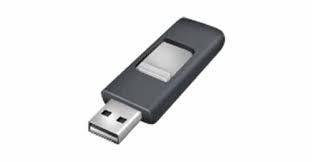
In this article, we will guide you through the process of easily creating a bootable DOS flash drive, which can be invaluable for tasks like diagnosing hard drives, updating BIOS, or flashing devices like IPMI or RAID controllers. What sets this method apart is the convenience of using Rufus, a user-friendly program that simplifies the process with pre-built FreeDOS and MS-DOS images, eliminating the need to search for them separately.
Downloading Rufus: You can download Rufus from this link. The best part is that Rufus doesn't require any installation. Simply download the program and run it.

Creating a DOS Flash Drive: You can leave all the settings at their default values, just as shown in the screenshot above. Once you've configured Rufus, click the "Start" button. Rufus will quickly create your bootable DOS flash drive. Afterward, you can copy the necessary files, firmware updates, and other tools onto it.
Using Rufus for Other OSs: Beyond DOS, Rufus is versatile enough to create bootable flash drives from ISO images, simplifying the process of setting up bootable flash drives for Windows or any other operating system.
Rufus is a powerful yet user-friendly tool for creating bootable flash drives. Whether you need a DOS flash drive for diagnostics or want to set up a bootable flash drive for a different operating system, Rufus streamlines the process, making it accessible to users of all levels of experience.
Video Tutorial:
Share the article with your friends in social networks, maybe it will be useful to them.
If the article helped you, you can >>thank the author<<






